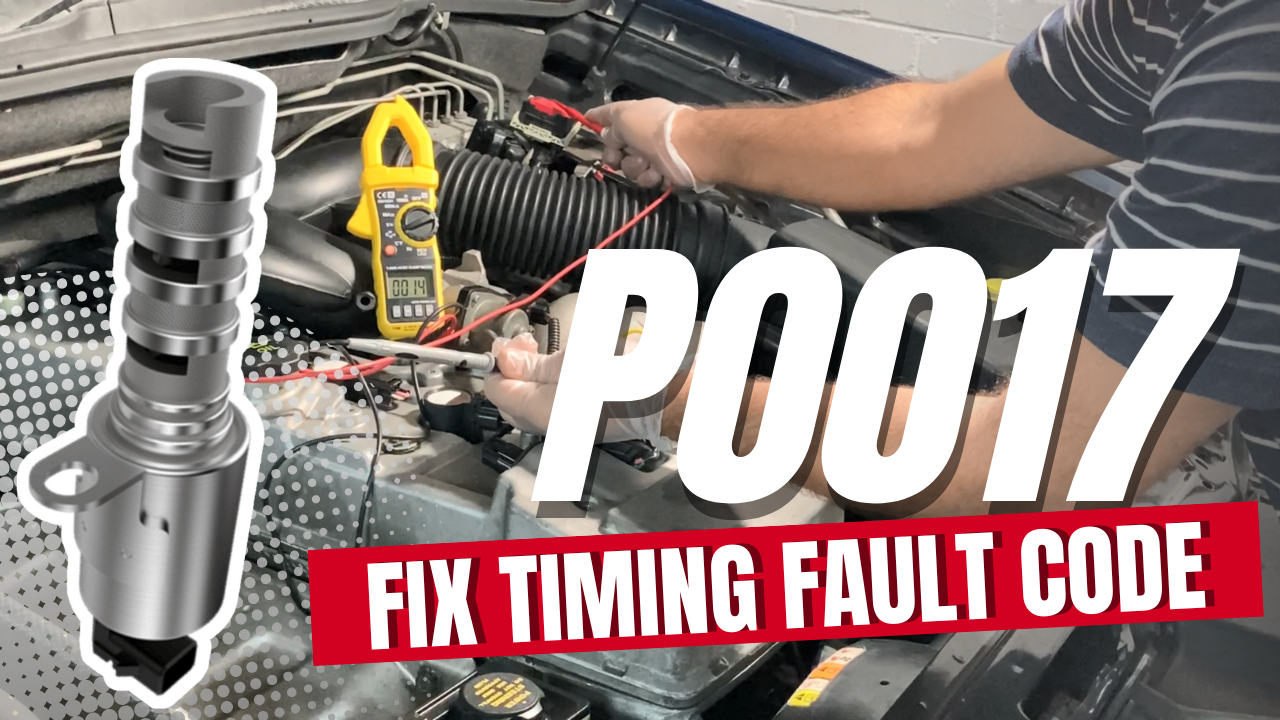| COMPONENT LOCATION |

| GENERAL DESCRIPTION |
The CVVT (Continuously Variable Valve Timing) system is installed to the chain sprocket of the intake camshaft. This system controls the intake camshaft to provide the optimal valve timing for every driving condition. The PCM controls the Oil Control Valve(OCV), based on the signals output from mass air flow, throttle position and engine coolant temperature. The CVVT controller regulates the intake camshaft angle using oil pressure through the OCV. As result, the relative position between the camshaft and the crankshaft becomes optimal, and the engine torque improves, fuel economy improves, exhaust emissions decrease under overall driving conditions.
| DTC DESCRIPTION |
PCM monitors timing misalignment while no active faults is present and fully warmed up engine oil at idle.
If the timing is misaligned PCM determines that a fault exists and a DTC is stored.
| possible causes |
| 1. |
Engine oil
|
| 2. |
VVT solenoid
|
| 3. |
Camshaft/crankshaft sensor
|
| 4. |
VVT / timing system
|
| SPECIFICATION |
| OCV |
Specification |
| Coil Resistance (Ω) |
9.4 ~10.4 [20°C(68°F)] |
| DIAGNOSTIC CIRCUIT DIAGRAM |

| SYSTEM INSPECTION |
| ■ Visual Inspection |
| 1. |
Check oil level is O.K.
|
| 2. |
Check oil and OCV is contaminated.
|
| 3. |
Check for oil leakage around OCV.
|
| 4. |
Has a problem been found ?
|
| COMPONENT INSPECTION |
| ■ Check OCV and Filter |
| 1. |
Check resistance of OCV
|
| 2. |
Check operation of OCV
|
| 3. |
Check OCV and Filter
|
| 4. |
Check CVVT(Continuously Variable Valve Timing) Assembly
|








No responses yet